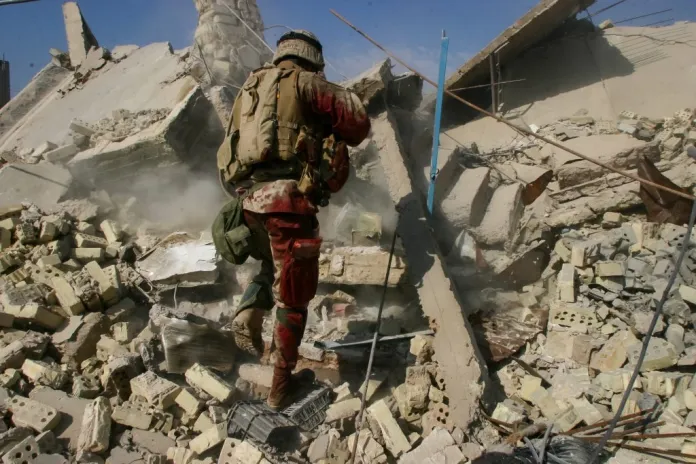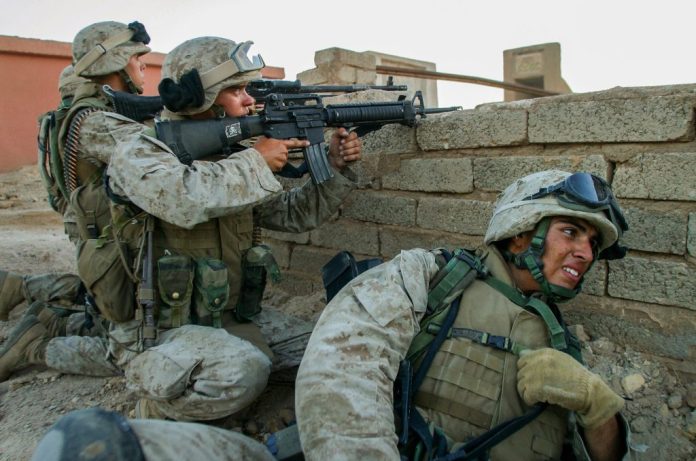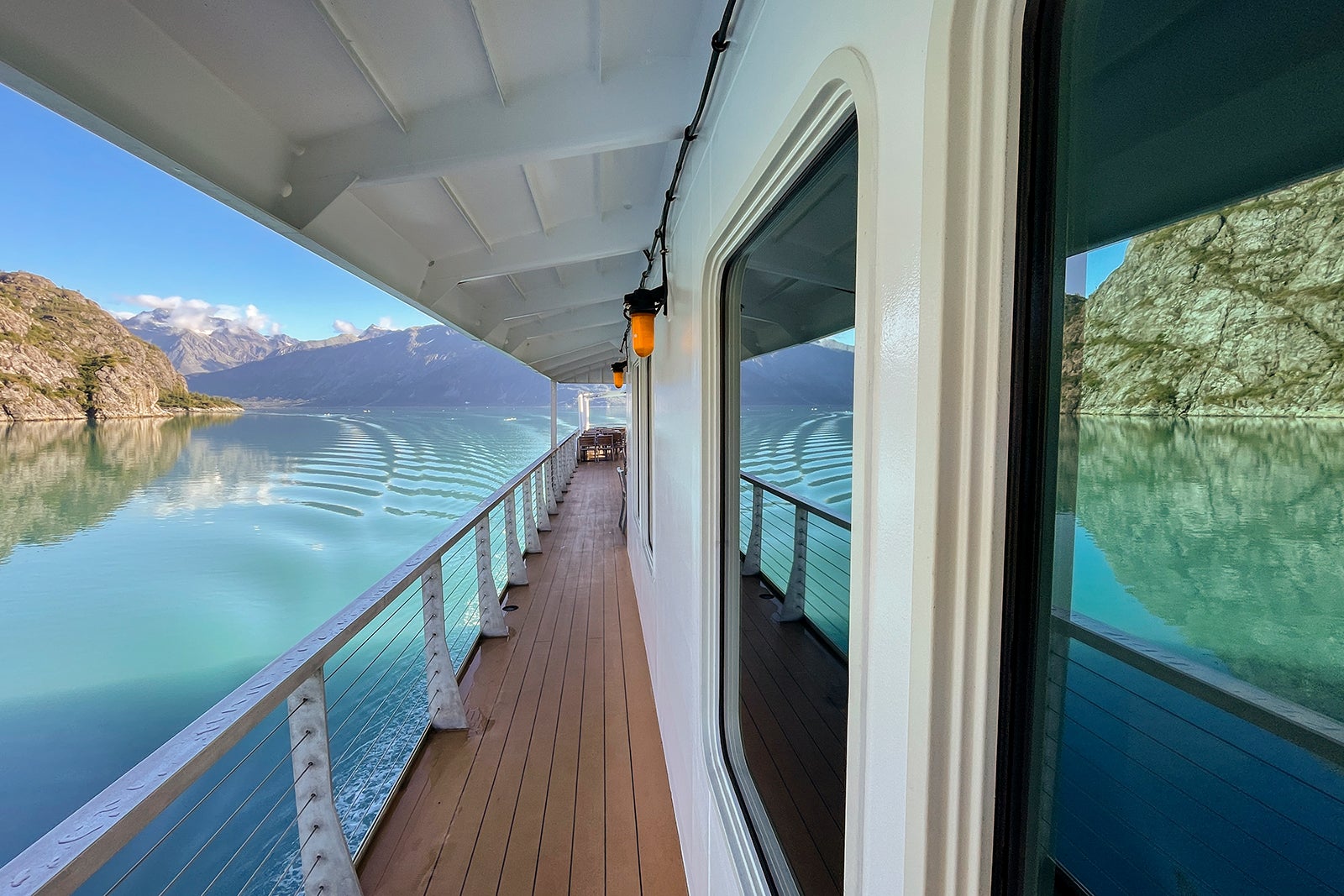For seventeen years, it lay dormant, a powerful story silenced before it could reach the public. “The Last 600 Meters: The Battles of Najaf and Fallujah” – a visceral, first-person account of two of the Iraq War’s most brutal clashes – faced an improbable struggle just to be seen.
PBS initially rejected the documentary, citing a perceived pro-military slant and a deliberate absence of political commentary. Despite initial funding from the Corporation for Public Broadcasting, network executives attempted to reshape the film, a compromise the director, Michael Pack, refused to make. His vision demanded authenticity, not manipulation.
A remarkable shift occurred recently when the current PBS President and CEO, Paula Kerger, re-evaluated the film. Recognizing its inherent value, she championed its broadcast, a courageous decision to revisit a past judgment. Pack expressed profound gratitude for her willingness to see the film with fresh eyes.

While Pack acknowledges speculation about a potential influence from scrutiny of PBS’s political leanings during a previous administration, he believes the network ultimately recognized a need to better serve its entire audience, including those who have served their country. A desire to honor the military and veteran community drove the reconsideration.
What sets this documentary apart is its unwavering focus on the soldiers’ experiences. The narrative unfolds through their raw, unfiltered testimony, eclipsing the need for a traditional narrator. It’s a story of combat, stripped bare of political justification or debate surrounding the war itself.
Jan Bender, a combat correspondent whose footage is integral to the film, praised this approach. He described Pack’s dedication to capturing the war “from the level of the war fighters,” presenting a firsthand account of how battles evolved and the interconnectedness of military operations on the ground.
The fighting in Fallujah was uniquely harrowing. Marines navigated a labyrinth of unfamiliar homes and buildings, engaging in close-quarters combat within an unforgiving urban landscape. One scene depicts a desperate standoff inside a building nicknamed “Hell House,” where Marines faced intense fire and ultimately resorted to detonating the structure to survive.
The battle for Najaf presented a different challenge. U.S. and Iraqi forces operated under strict orders to avoid damaging a significant Islamic holy site, a constraint that ultimately led to a negotiated ceasefire rather than a decisive military victory. The soldiers left Najaf feeling frustrated and unfulfilled, soon after redeploying to Fallujah.
Bender vividly recalled the constant tension of filming in Fallujah, armed with both a camera and a weapon. He carried his camera on a parachute cord sling, ready to defend himself at a moment’s notice. It was a delicate balance of instinct, awareness, and acting as an integral part of the team.
The technology of the time also presented limitations. Limited tape and battery life meant filmmakers couldn’t continuously record, forcing difficult choices about what to capture. Each moment demanded a calculated decision: film the scene, or be prepared to engage.
Rewatching his own footage twenty-one years later, Bender described the experience as “surreal.” He was struck by the courage and bravery of the Marines around him, knowing the dangers that lay ahead. The benefit of hindsight offered a stark contrast to the uncertainty faced in those moments.
Pack believes his documentary transcends the typical war film, aiming for a timeless quality reminiscent of historical battles like Iwo Jima or Gettysburg. He attributes this to the film’s focus on the raw experience of combat, unburdened by overt political agendas.
He deliberately sought to capture the drama inherent in the battle footage, coupled with the soldiers’ direct accounts of their actions and observations, avoiding broader opinions about the war’s justification. This approach, he argues, distinguishes his work from more recent, potentially politicized documentaries.
Pack draws parallels to documentaries like “Restrepo” and “Warfare,” which prioritize immersive storytelling and the unfiltered experiences of those on the front lines. He believes audiences today will find resonance in his film, particularly in light of current global conflicts.
The release of “The Last 600 Meters” is perfectly timed, coinciding with the 250th anniversary of the U.S. Marine Corps and the eve of Veterans Day. Pack believes this moment allows viewers to appreciate the courage and heroism of the Marines and soldiers without the distraction of ideological debate.
“Now you can look back and admire the courage and heroism…without it being clouded by ideology,” Pack stated. “That is what we intended seventeen years ago.” It’s a testament to the enduring power of a story finally told, a tribute to the men who fought in the last 600 meters.






